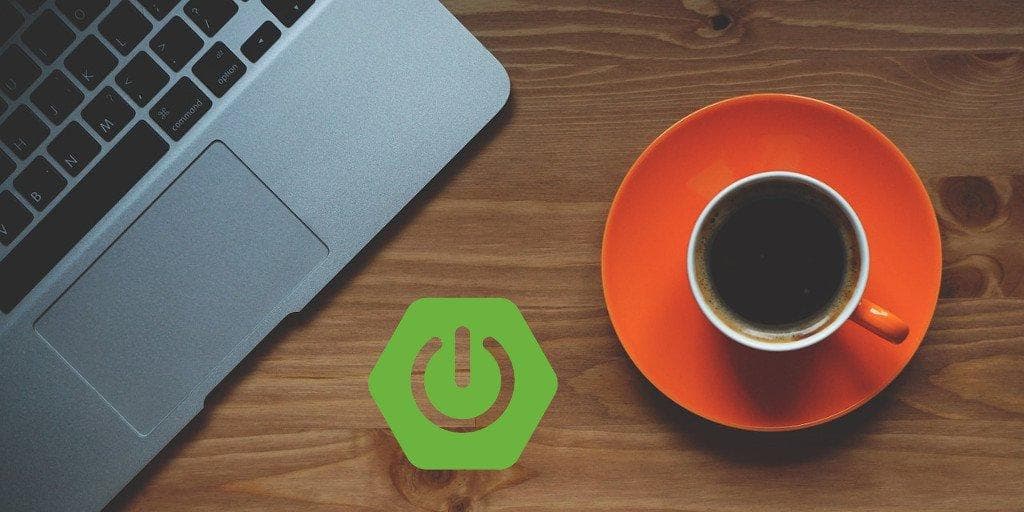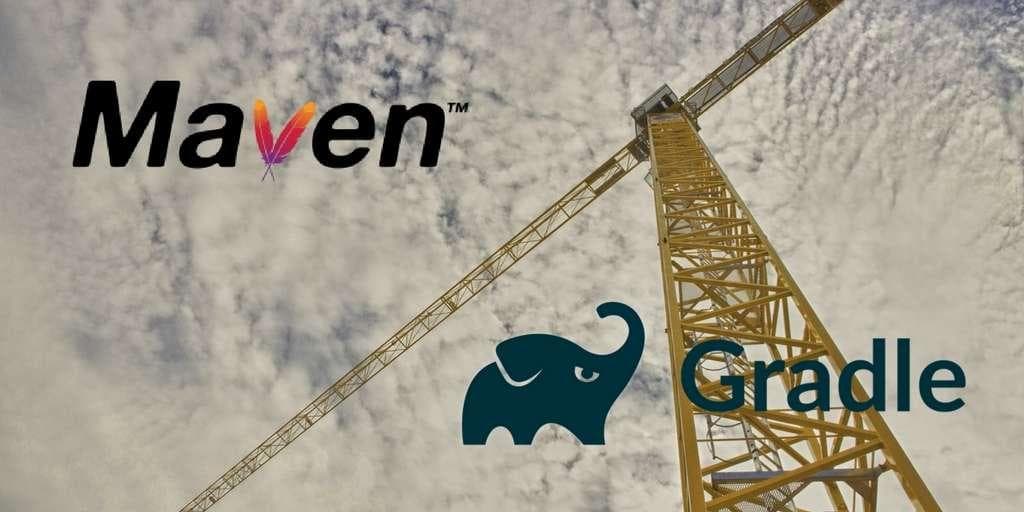Spring Boot 2.0 New Features: Infrastructure Changes

In my previous post, Spring Boot 2.0 New Features: The 3 Most Important Changes You Must Know About, I pointed out the one of the notable changes coming with Spring Boot 2 will be infrastructure updates. This post enumerates these updates so that you can see their impact once before you would upgrade.
1. Spring Boot 2 baseline changes
1.1. Java 8 Baseline
Releasing a new major version gave the Spring team the opportunity to rebase the codebase upon Java 8 and use its new features. Therefore Spring Boot 2.0 requires Java 8 or later, consequently it doesn’t support Java 6 and Java 7 any more, because they reached their end of life anyway.
1.2. Java 9 Support
Spring Boot 2 fully supports it and there is a dedicated page Spring Boot with Java 9 that provides more details if you want to run Spring Boot apps with Java 9.
1.3. Spring Framework 5.0
Spring Boot 2.0 builds on and requires Spring Framework 5.0. Altought Spring 5 has been generally available since September of 2017, probably most projects will start to adapt it when Spring Boot 2.0 hits GA. Spring 5 introduces a number of nice refinements as well and one of the most noteworthy of its new features is its extensive support for building reactive applications in a next post.
2. Embedded Servlet Containers

2.1. Jetty
The minimum supported version of Jetty is 9.4.
2.2. Tomcat
The minimum supported version of Tomcat is 8.5
2.3. TLS configuration
You can configure SSL for your WebFlux application with server.ssl.* configuration properties and all available servers
(Tomcat, Jetty, Undertow and Reactor Netty) supports this configuration.
2.4. HTTP/2 support
Spring Boot also enables your MVC or WebFlux applications to use HTTP/2 by
setting server.http2.enabled. It’s supported for Tomcat, Undertow and Jetty. Depending on your choice of server
and JDK,
restrictions and prerequisites can apply.
3. Build

3.1. Maven
Maven projects are compiled with the -parameters compiler flag by default.
3.2. Gradle
Spring Boot requires Gradle 4.x. Spring Boot’s Gradle plugin has been largely rewritten to enable a number of significant improvements. You can read more about the plugin’s capabilities in its reference and api documentation.
3.2.1. Configuring Gradle bootRun
The BootRun task provides properties for configuring the application’s arguments (args) and JVM arguments (jvmArgs)
and more advanced configuration is available via execSpec. See the
Gradle plugin’s documentation
for more details. Based on user feedback, the BootRun task is once again a subclass of Gradle’s JavaExec task.
It can be configured in the same way as any other JavaExec task.
4. JDBC / ORM changes

4.1. Default connection pool
The default connection pool has changed from Tomcat to HikariCP. If you
are using Hikari in an environment where tomcat-jdbc is provided, you can remove the spring.datasource.typeoverride.
Similarly, if you want to stay with the Tomcat connection pool, simply add the following to your configuration:
spring.datasource.type=org.apache.tomcat.jdbc.pool.DataSource4.2. Database Migration
Liquibase and Flyway configuration keys were moved to the spring namespace (i.e. spring.liquibase
and spring.flyway respectively).
4.2.1. Flyway/Liquibase flexible configuration
If only a custom url or user is provided, the auto-configuration reuses the standard datasource properties rather
than ignoring them. This allows you to create a custom DataSource for the purpose of the migration with only the
required information.
4.2.2. Detection of DataSource initialization
If Flyway or Liquibase is managing the schema of your DataSource and you’re using an embedded database,
Spring Boot 2 will automatically switch off Hibernate’s automatic DDL feature.
4.3. Database initializer
Database initialization for Spring Batch,
Spring Integration,
Spring Session and Quartz occurs by
default only when using and embedded database. The enabled property has been replaced with a more expressive enum.
For example, if you want to always perform Spring Batch initialization you can set spring.batch.initialize-schema=always.
4.4. DataSource Initialization
DataSource initialization is only enabled for embedded data sources and will switch off as soon as you’re using a
production database. Furthermore the new spring.datasource.initialization-mode(replacing spring.datasource.initialize)
offers more control.
4.5. Data Sources Metrics
Instrumentation takes care of monitoring all available data sources and publishes metrics (min, max and usage) metrics for each.
4.6. Configurable JPA mapping resources
If you were extending Spring Boot’s JPA configuration to register mapping resources, there is a
spring.jpa.mapping-resources property.
4.7. JdbcTemplate
The JdbcTemplate that Spring Boot auto-configures can be customized via the spring.jdbc.template namespace.
Also, the NamedParameterJdbcTemplate that is auto-configured reuses the JdbcTemplate behind the scenes.
4.8. jOOQ
Spring Boot detects the jOOQ dialect automatically based on the DataSource
(similarly to what is done for the JPA dialect). Also a @JooqTest has been introduced to ease testing where only jOOQ
has to be used.
4.8. Hibernate
The minimum supported version of Hibernate is 5.2. Read Hibernate 5.2 Migration Guide to find out how to upgrade.
4.8.1. Support for custom Hibernate naming strategies
For advanced scenario, you can define the ImplicitNamingStrategy or PhysicalNamingStrategy to use as regular
beans in the context.
4.8.2. Hibernate properties customization
It is possible to customize the properties Hibernate uses in a more fine grained way by exposing a
HibernatePropertiesCustomizer bean.
5. NoSQL

5.1. Cassandra
The spring.data.cassandra exposes pooling options.
5.2. Reactive Couchbase support
Support for Spring Data reactive repositories is available for Couchbase and
a spring-boot-starter-data-couchbase-reactive is available to easily get started.
5.3. InfluxDB
If the InfluxDB java client and the spring.influx.url is set, an InfluxDB client
is automatically configured. Support for credentials is available as well. The health endpoint can monitor an InfluxDB
server.
5.4. Redis cache configuration
It is possible to expose a RedisCacheConfiguration to take control over the RedisCacheManager. A new annotation
@DataRedisTesthas also been introduced.
5.5. Elasticsearch
Spring Boot 2 requires Elasticsearch 5.4 from now on. In line with Elastic’s announcement that embedded Elasticsearch
is no longer supported, auto-configuration of a NodeClient has
been removed. A TransportClient can be auto-configured by using spring.data.elasticsearch.cluster-nodesto provide
the addresses of one or more nodes to connect to.
5.6. MongoDB
It is possible to apply advanced customizations to the MongoDB client
that Spring Boot auto-configures by defining a bean of type MongoClientSettingsBuilderCustomizer.
6. Testing
6.1. Mockito 1.x
Mockito 1.x is no longer supported for @MockBean and @SpyBean. If you don’t use spring-boot-starter-test
to manage your dependencies you should upgrade to
Mockito 2.x.
6.2. Kotlin extensions for TestRestTemplate
The Kotlin RestTemplate extensions are also available for TestRestTemplate to make the developer experience consistent.
6.3. Testing improvements
Converter and GenericConverter beans are automatically scanned with @WebMvcTest and @WebFluxTest.
Reference: Spring Boot 2.0 Release Notes.
Join my Newsletter
If you like Java and Spring as much as I do, sign up for my newsletter.